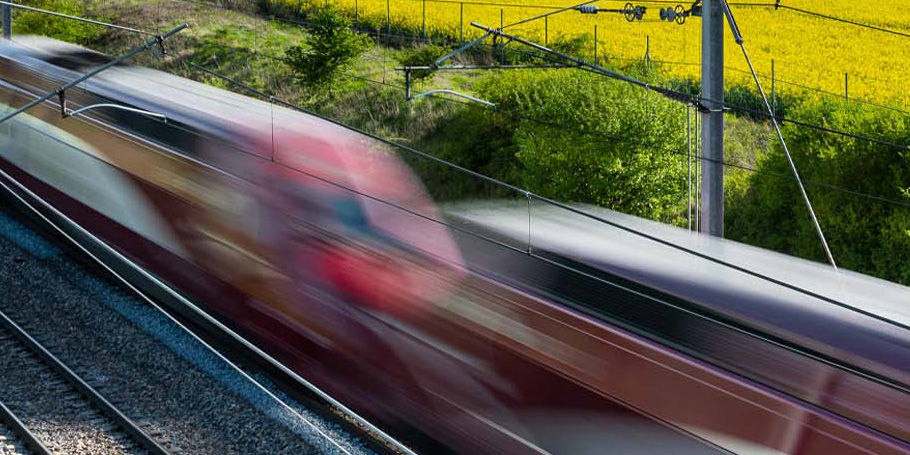Establishing the alignment for a high-speed train between Dallas and Houston
Texas Central High-Speed Train
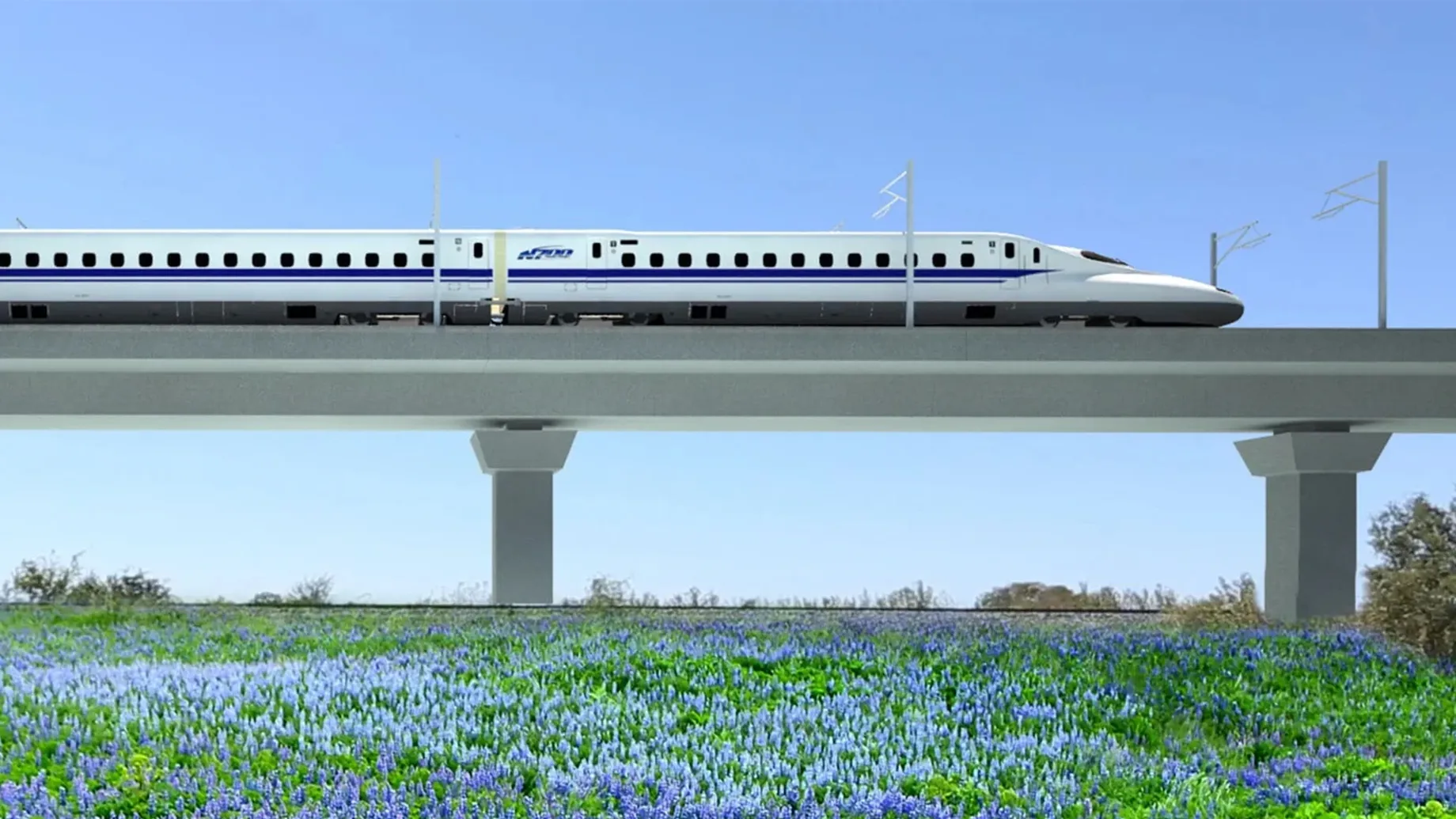
The current journey between Houston and Dallas takes four-to-five hours by car or requires a visit to the airport, and tens of thousands of Texans make this “super commute” more than once a week. With the realization of the Texas Central High-Speed Train, the same trip could take around 90 minutes or less and connect America’s fourth and fifth largest metropolitan areas.
As Owner’s Engineer to Texas Central Railway (TCR), we were tasked with developing and optimizing alternative alignments for the high-speed train line, developing performance and technical criteria, leading the conceptual design, and providing multidisciplinary services including structural, geotechnical, rail, and civil engineering.
Once finished, the train will transport thousands of passengers a day between Dallas and Houston, bringing substantial and long-lasting benefits for the state. The train will be a catalyst for economic growth, offering a convenient and direct connection for passengers traveling for both work and play. By providing a convenient and sustainable alternative to car and air travel, this project represents a significant step forward for high-speed rail in North America.
Identifying the optimal route for Texas’ high-speed train
Beginning in 2011, Arup worked on the project studying route alternatives and potential challenges that might prevent system development.
To facilitate the Federal Railroad Administration (FRA) to determine the preferred alignment for the rail line, Arup supported TCR in identifying and reviewing nine alignment options within four high-speed rail corridors from an engineering, environmental, safety, and financial perspective. To lessen the environmental impact and reduce costs, Arup proposed using existing transportation and utility corridors as much as possible when selecting potential routes.
Following the initial screening of alternatives, Arup supported the in-depth analysis of the final routes to determine which best met the project’s purpose and need.
We reviewed routes that align and interact with existing transportation systems and rights-of-way, including highways, railroads, and utility corridors. This type of alignment will be more constructible and carry fewer risks, thereby allowing for accelerated project delivery, reduced project cost, and lessened environmental impacts.
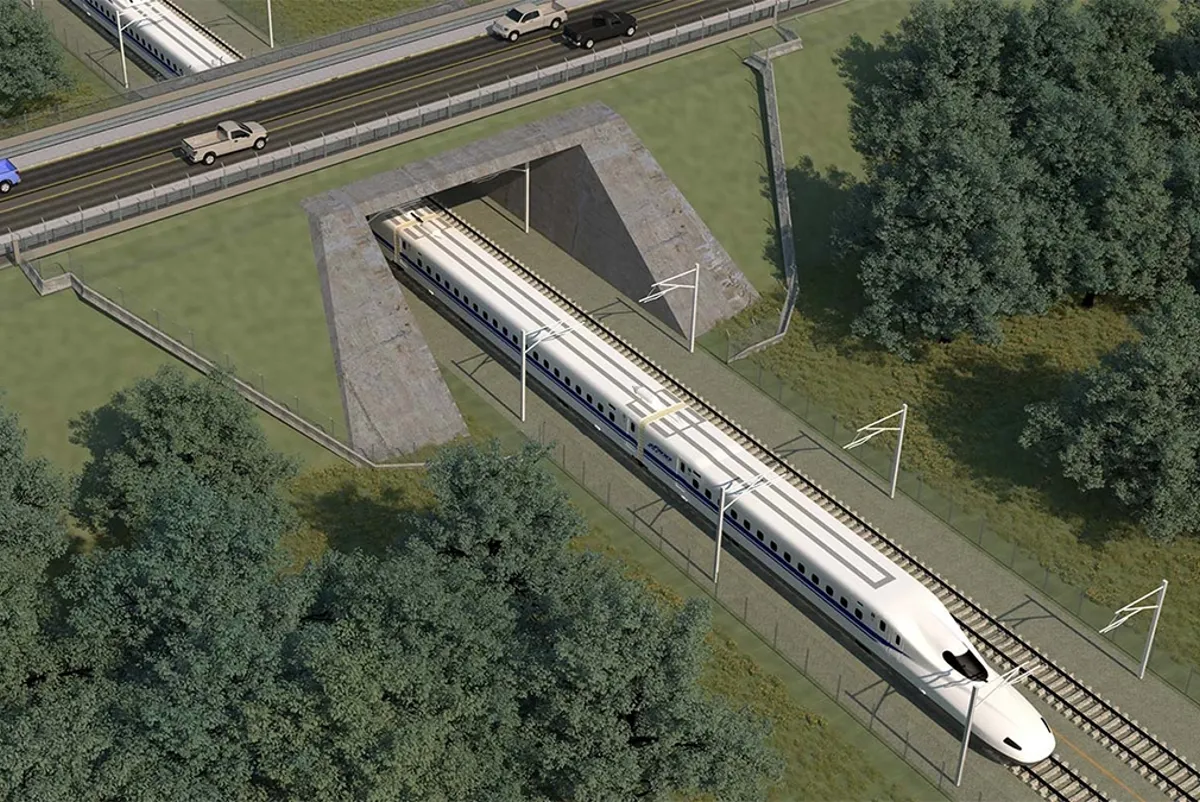
Arup and Texas Central Railway identified and reviewed nine alignment options within four high-speed rail corridors to determine the preferred option.
Minimizing impact on the environment
Millions of trips are made between Houston and Dallas each year, and car traffic is expected to worsen in the future. The proposed high-speed train will accommodate this growth with less stress on the environment than adding new road lanes. As a sustainable alternative to trips by car or airplane, the high-speed train line will take vehicles off the road, lessen traffic congestion, and offset the carbon footprint of fuel-powered alternatives.
Like the Tokaido Shinkansen train technology operated by the Central Japan Railway Company (JRC), the Texas high-speed train will run on electric power. Arup collaborated with JRC rail specialists to incorporate proven Japanese technology and conceptualize a rail system that moves passengers reliably and sustainably.
The line is set to run on elevated tracks and on berms or embankments, with no at-grade crossings. The train will not need to cross traffic, allowing for the free movement of vehicles, people, livestock, and wildlife below — minimizing disruptions to communities and the environment.
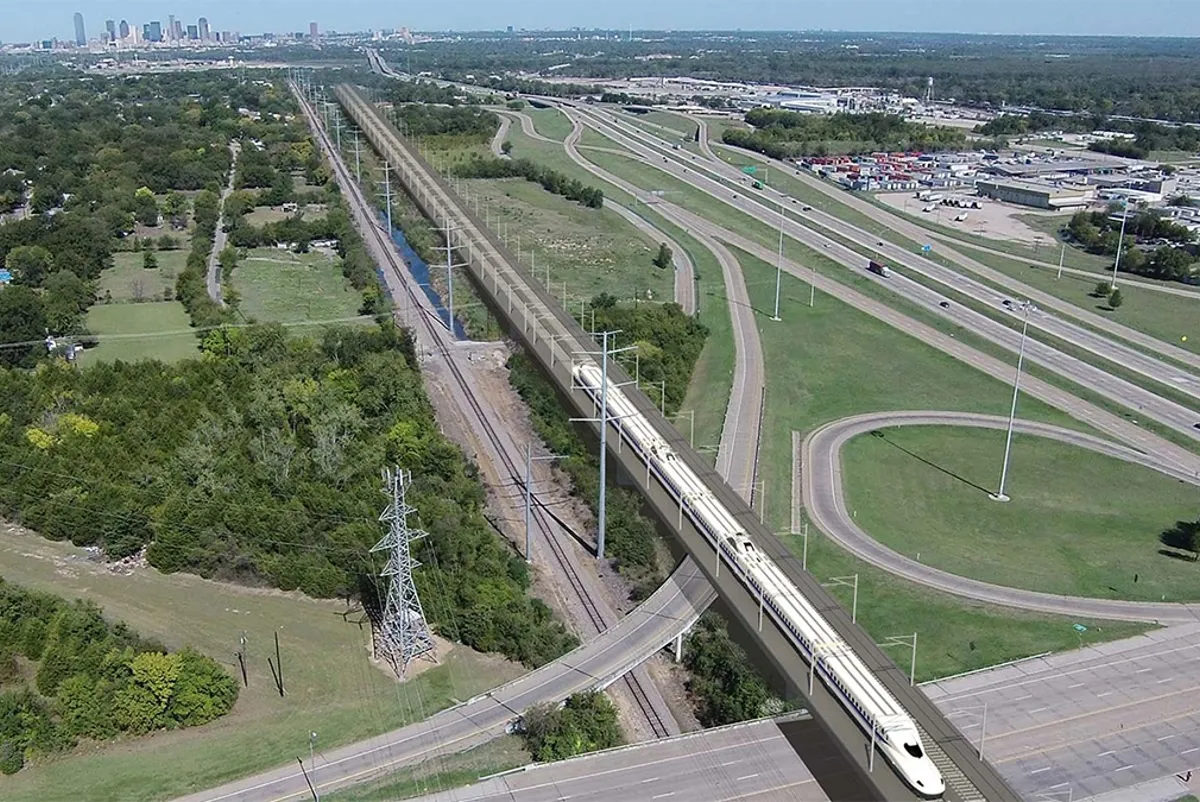
The high-speed train is set to run on elevated tracks and on berms or embankments, with no at-grade crossings.
Navigating diverse stakeholder requirements
Advancing the Texas high-speed train project required an assortment of regulatory approvals, including a favorable environmental impact assessment. Until 2022, Arup continued supporting TCR, serving as Owner’s Engineer. We led the conceptual design to support the FRA Environmental Impact Statement (EIS) process by providing a range of multidisciplinary engineering services.
Arup aided TCR in securing the necessary approvals from the FRA and the U.S. Army Corps of Engineers (USACE). The team developed the conceptual engineering that served as the project definition for the FRA led EIS analyses and secured the USACE Section 404 and 408 permits.
Additionally, we supported the client with technical information used for outreach to important stakeholders, such as the counties through which the project passes, the Texas Department of Transportation, the City of Houston, and the City of Dallas. Arup also performed detailed sound studies for the project, which was a critical element of the stakeholder engagement. We provided a noise and vibration assessment, developed mitigation methods, and prepared extensive auralizations and visualizations of predicted noise impacts on communities as compared to existing noise sources. Arup deployed its mobile sound labs at public meetings to demonstrate the findings of these studies to address public concerns
What we delivered
-
Developed and reviewed alternative alignments for a new 240-mile high-speed train line in Texas, providing multidisciplinary engineering services
-
Leveraged planning and management skills to help secure necessary regulatory approvals, navigating the requirements of diverse stakeholders
-
Determined the optimal route that will result in reliable transportation and spur economic collaboration between Dallas and Houston
Get in touch with our team
Projects
Explore more rail projects:
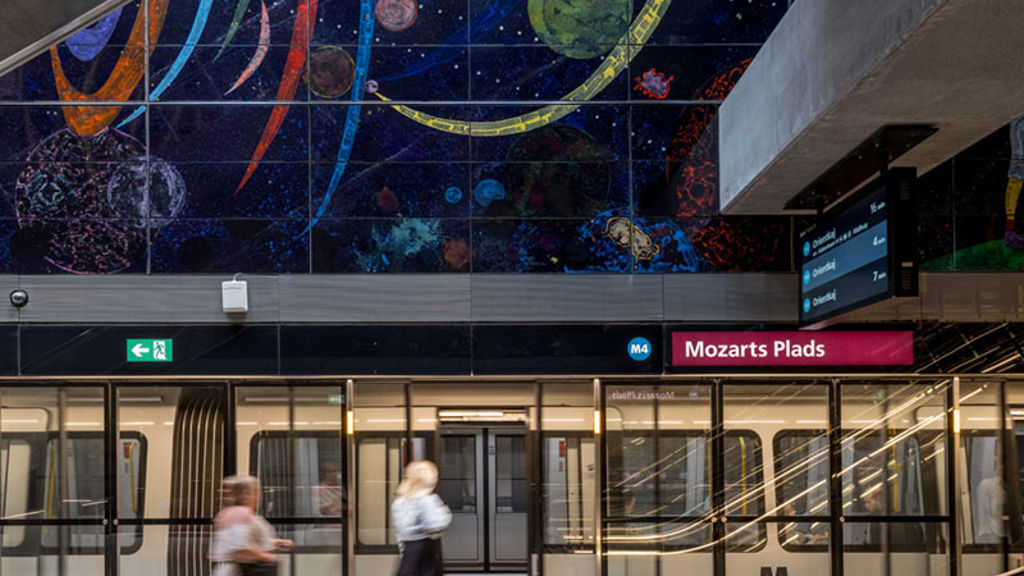
Realising a low-emission, efficient public transit vision for the Danish capital
Copenhagen Metro, Denmark
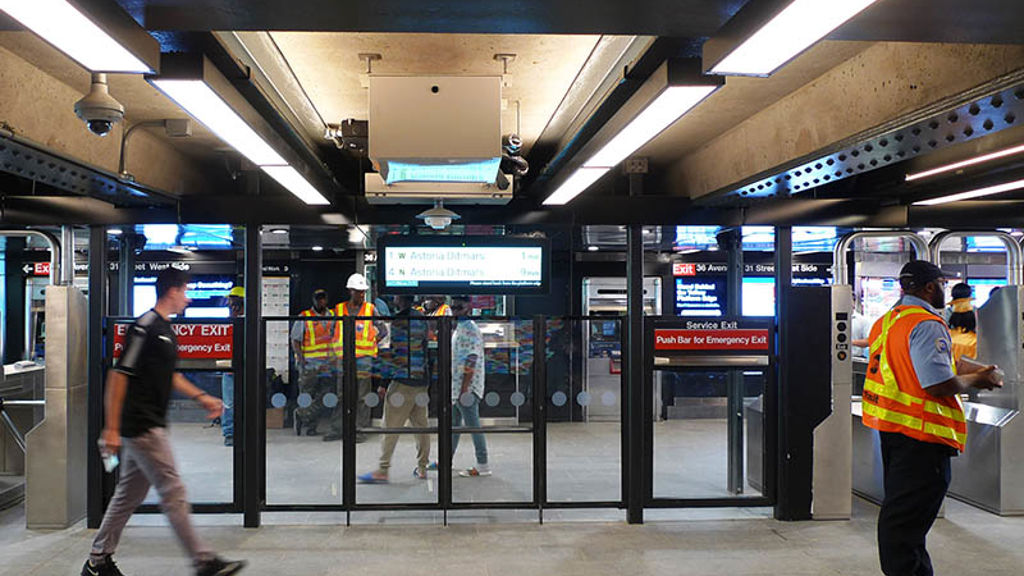
An ambitious station modernization program for New York’s subway system
MTA Enhanced Station Initiative, United States of America

Managing and supporting the delivery of sustainability services for California’s high-speed rail system
California High-Speed Rail Systemwide Sustainability Program, United States of America

Designing California’s Central Valley high-speed rail stations and establishing a system-wide station kit of parts
California High-Speed Rail Central Valley Stations, United States of America
Get in touch with us
If you'd like to speak to one of our rail experts about any of the issues raised on this page or a potential collaboration then please get in touch by completing the form.
